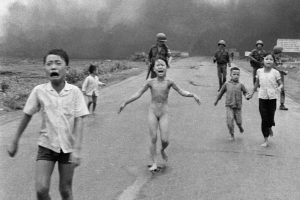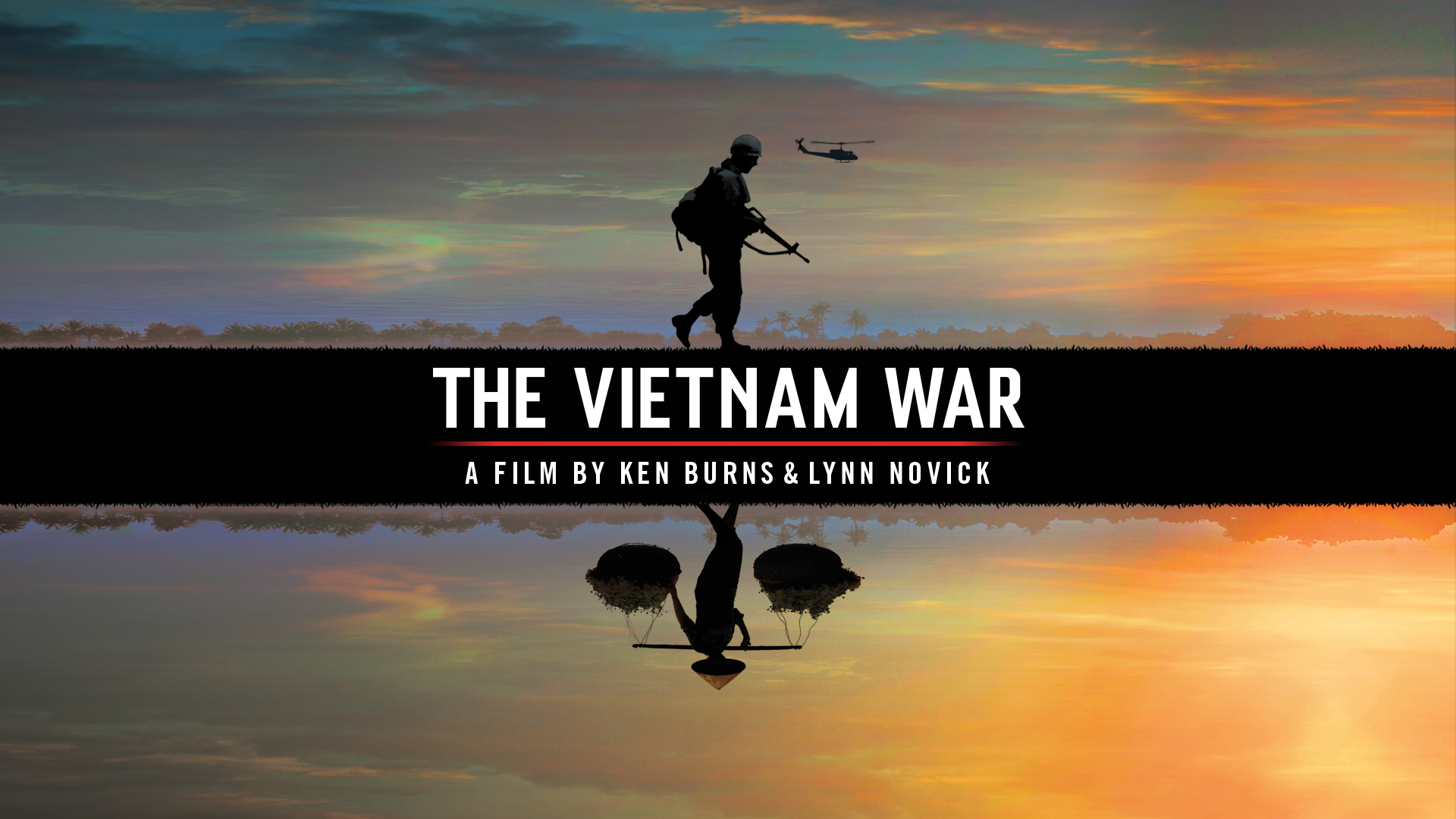Currently in the queue on Netflix is the “Vietnam” by Ken Burns. I just finished it, and, like all the Ken Burns targets, it is outstanding.
It starts well before the common story (with advisors ramping up through the early Kennedy administration,) back when the real drama started with the French trying to maintain its hold on its Indochina colonies after WWII. The French were abysmal stewards of their colonial properties, ruthless, and exploitative to the extreme of the indigenous population. However, their strength sapped, they turned to us, and our paranoia of the spectre of communism leaking out of the USSR and China realm, took the bait.
Ken Burns, unlike most other documentaries I have seen, spends ample time on this period from the late 40’s through the end of the 50’s, setting the stage. As the French backed away, we picked up the burden, first through advisors, then escalating the number of advisors and training assets. Along the way we got intertwined with corrupt (but not left-ist) leaders, propping up truly awful leaders, until with the assassination of Kennedy, and Johnson wanting to not appear week, accelerating the deployment of “advisors” (that by this time had gone far beyond advising) to maintain control.
Then 1965 came, and the escalation of ground troops boomed.
The episodes
Broken into 10 episodes of 1:45 to just under 2 hours each, Ken breaks it into various epochs. His layout definitely hit many of the key turning points, and decisions that let to the quagmire we found ourselves in.
From our thinly disguised support of a coup, to the absolutely brutal metrics of bodycounts, and the manipulation to maintain a 10:1 ratio of North Vietnamese/Viet Cong casualties to those of the US troops (a horrific measure indeed), to the shameful, and yes treasonous behavior of Nixon and his National Security Advisor, Kissinger (why Kissinger wasn’t charged, convicted and executed is a mystery – or not), Ken does a great job telling the tale.
The footage & Images
While I had seen several of the clips before (through shows like “Vietnam in Color”) Ken masterfully uses the footage as a master historian does, to weave a tale that is both easy to follow, and fits together. During the decade of this time, it was mostly impossible to really understand what was happening in Indochina, but in the rear view mirror, the tale is much easier to pick out.
The second to the last episode, there is an interview with the photographer that caught the image of the young girl, clothes burned off in a napalm attack, with her arms outstretched, well, just look at it:

Purely a one in a million shot, powerful, impactful, and coming late in the war, this was one of the images that turned public opinion forcefully against the war.
The music
Saving the best for last, Ken’s team put together an amazing montage of music that represents the rise of the antiwar sentiments. Plenty of Dylan, Joplin, The Guess Who, Steppenwolf, Hendrix and more. However, he also pulls in plenty of Pete Seeger, and my smile increased with every clip that was played.
The war drove an amazing amount of creative music to be written, songs that I grew up to (in the decade after the war), and still love to this day.
The verdict
Like all Ken Burns vehicles, it takes a commitment to get through Vietnam, but it is worth it. 50+ years after the escalation, and 45 years after our exit, the time is right.
GO to your Netflix app, and watch the first episode, and learn about the war, and be prepared to challenge what you probably learned in your high school history class.
coda:
There are two books I highly recommend for those motivated to understand how we got the responsibility for the deterioration of Vietnam foisted on us by the French.
Assuming the Burden really paints the picture of how the US got wrapped up in an internal struggle, and
The Vietnam War: A concise international history a brief, yet thorough telling of the story.
Both by the scholar Mark Atwood Lawrence, and I highly recommend these to anyone who wants to understand the setting, and the stage that the Vietnam war played out on.
